9 of the best art deco buildings in Edinburgh
This article contains affiliate links. We may earn a small commission on items purchased through this article, but that does not affect our editorial judgement.
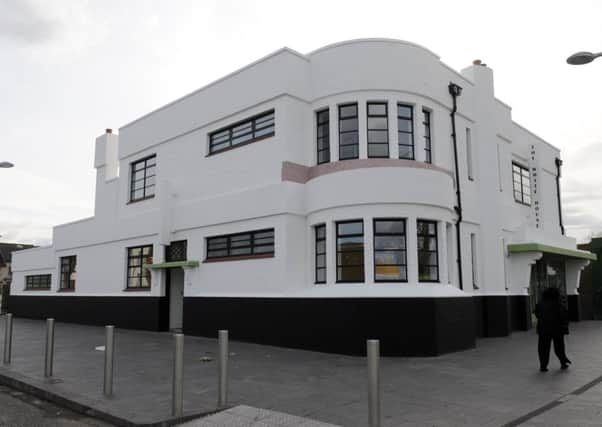

Contrary to popular belief, Edinburgh has never been a city prepared to stand still and preserve itself in aspic.
This was especially true between the wars when the art deco style first began to emerge. Worldwide, art deco was viewed as fresh and cutting-edge, providing an elegance without the over-adornment of the Victorian and Edwardian eras. It was a hip new style which scores of Scottish towns and cities were quick to adopt.
Advertisement
Hide AdAdvertisement
Hide AdIn the 1930s Edinburgh’s architects were only too happy to inject a little white-washed ‘art moderne’ into Modern Athens, and while there have been many notable casualties in the 80-odd years since (Portobello’s open-air pool and the Embassy Cinema at Boswall Parkway spring immediately to mind), there are still a healthy number of art deco survivors in Edinburgh today. We take a closer look at some of our favourites.
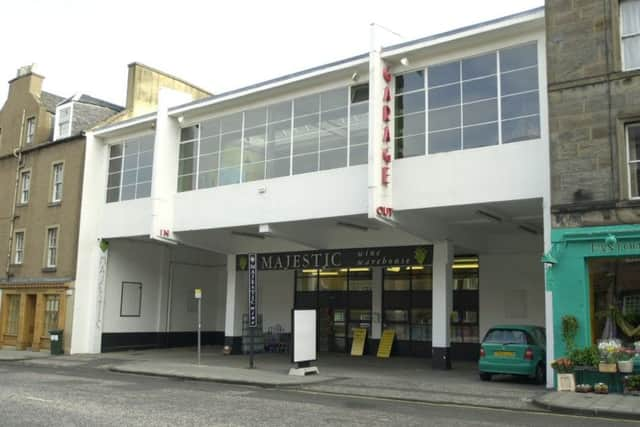

Southside Garage, Causewayside
With a facade heavily influenced by architectural pioneer R. M. Schindler’s Lovell Beach House in Los Angeles, the former Southside Garage at Causewayside is truly one of Edinburgh’s best-preserved examples of the art deco style. The iconic garage was designed by the acclaimed Sir Basil Spence in 1933 and has thankfully managed to survive despite no longer being used for its original purpose. Today the former garage houses a wine emporium, but the building still bears its red ‘garage’ signage in a distinct art deco font. The building is now protected by Historic Environment Scotland with a Category B listing. Southside Garage was used as the inspiration for the Southern Motor Garage in Sylvain Chomet’s 2010 animated film The Illusionist.
St Andrew’s House, Regent Road
Constructed between 1934 and 1939 on the former site of Calton Jail, St Andrew’s House is regarded by many as one of Scotland’s foremost examples of grand art deco. This vast office complex serves as the offices of the Scottish Government and the First Minister and features many fine art deco features both inside and out. It is protected with a Category A listing.
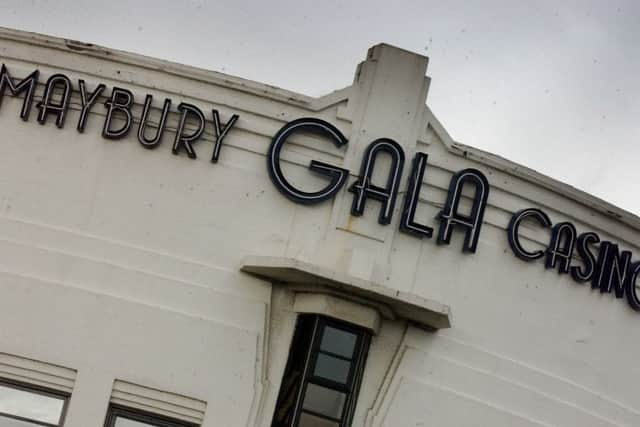

Ravelston Garden, Ravelston
As residential art deco goes, you’ld be hard-pressed to find a finer example in Edinburgh than Ravelston Garden. Designed by Andrew Neil and Robert Hurd in 1935-6, these large 4-storey apartments scream classic art deco and more than deserve their Category A listing. They were originally referred to as the ‘Jenners flats’ on account of their managing agents. In their book Above Edinburgh & South East Scotland, Angus and Patricia MacDonald had the following to say about the Ravelston Garden apartments: “proving that Edinburgh was in touch with the very latest architectural ideas in the 1930s, these flats... were among the first buildings to bring the International Style to the city”.
Other notable art deco residential properties around Edinburgh include: 30 Old Kirk Road; 46A Dick Place; Learmonth Court; and 409 Queensferry Road.
Capital Building, St Andrew Square
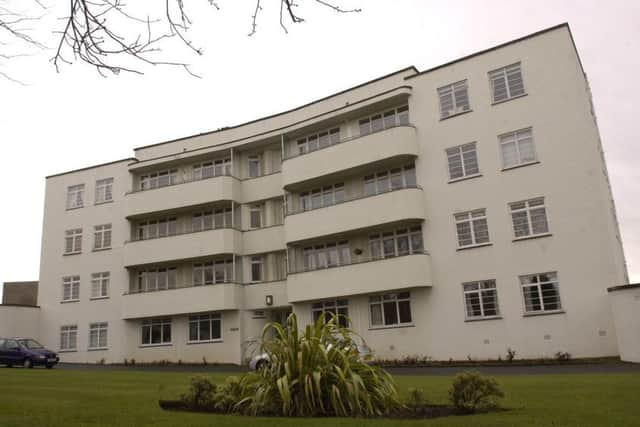

Stood on the south west corner of St Andrew Square where it meets George Street is a stunning example of art deco-influenced simplicity, the Capital Building. Completed in 1939 the six-storey masterpiece also ranks as one of the city’s last attempts at art deco before the outbreak of the Second World War. It is said that the Capital Building attracted a lot of criticism when it was first built as it was deemed as being unsympathetic to the existing architectural fabric of Edinburgh’s Georgian New Town.
Maybury Casino, South Maybury
Designed in an elegant art deco style by architects Patterson and Broom in 1935, the Maybury Casino originally opened as a roadhouse at a cost of £25,000. The roadhouse was frequently used for dinner parties and hosted many a live band, but by the late 1980s it had deteriorated quite badly. Following its closure in 1987, it underwent an extensive renovation, reopening as a conference and banqueting centre. In 1997 it was bought over by Stakis Casinos and the handsome building has remained a popular gambling den ever since. Today its official name is the Grosvenor Casino Edinburgh. As one of the first visible buildings when entering Edinburgh by road from the airport, it is arguably the city’s most prominent art deco structure. The entrance tower of the casino was designed to resemble the radiator grille of a classic American car.
Dominion Cinema, Newbattle Terrace
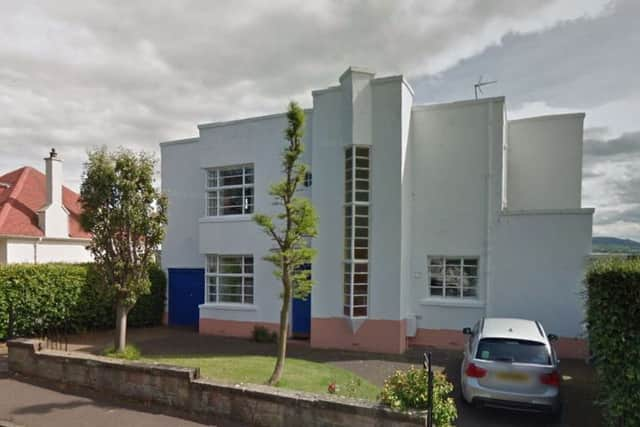

Advertisement
Hide AdAdvertisement
Hide AdMorningside’s favourite family-owned cinema has long been regarded an art deco masterpiece. Designed in the Streamline Moderne style by architect Thomas Bowhill Gibson, the cinema first opened its reassuringly-stylish doors in 1938. The cinema has closed three times in its history, but only to undergo expansion and refurbishment. We expect this B-listed beauty to continue reeling in punters for a long time yet.
Other art deco cinemas worth a mention include: The former Odeon on Clerk Street; the former George on Bath Street, Portobello; the former Regent/ABC, Lothian Road; the former Poole’s Roxy and former New Tivoli, both Gorgie Road; and the former State, Great Junction Street.
Fountainbridge Library, Dundee Street
Constructed in 1937-40 by John A W Grant, this grand-looking public building comprises both art deco and art nouveau stylings in its design. The library replaced an early books repository dating from the 19th century and stands out prominently among the surrounding Victorian tenements of Fountainbridge. A refurbishment in 2016 has brought it back to its best.
The White House, Niddrie Mains Road
Built in 1936, The White House on Niddrie Mains Road is conspicuous in a district of Edinburgh where art deco stylings have traditionally been thin on the ground. Having served as a pub, the building recently found itself in a derelict state in 2008 and faced the threat of demolition. It was thankfully saved by Historic Scotland in 2010 and transformed into a community hub as part of a restoration £2 million restoration project. The White House today looks fit for a president.
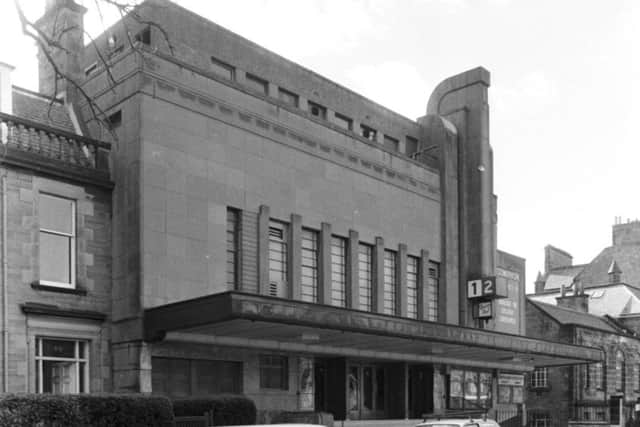

Castlebrae Business Centre, Peffer Place
Half a mile from The White House is another art moderne gem, also dating from 1936. Located on an obscure little road in the middle of an industrial estate, Castlebrae Business Centre may come as a bit of a surprise for those who stumble upon it. The B-listed building was originally built as Niddrie Marischal Secondary School but has since been converted for office use. The imposing central feature above Castlebrae’s main entrance would better suit Ocean Drive, Miami than Peffer Place, Edinburgh.
DOWNLOAD THE EDINBURGH EVENING NEWS APP ON ITUNES OR GOOGLE PLAY